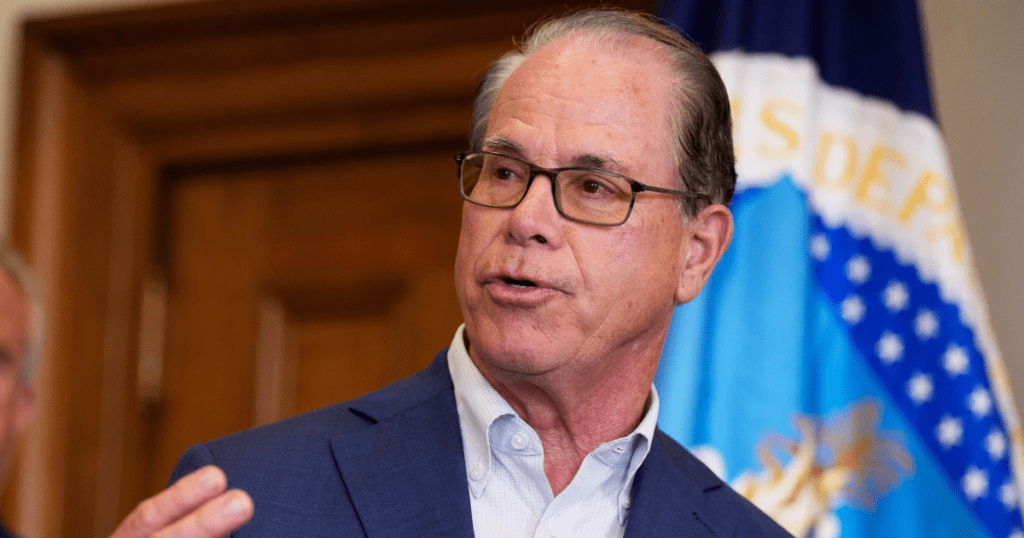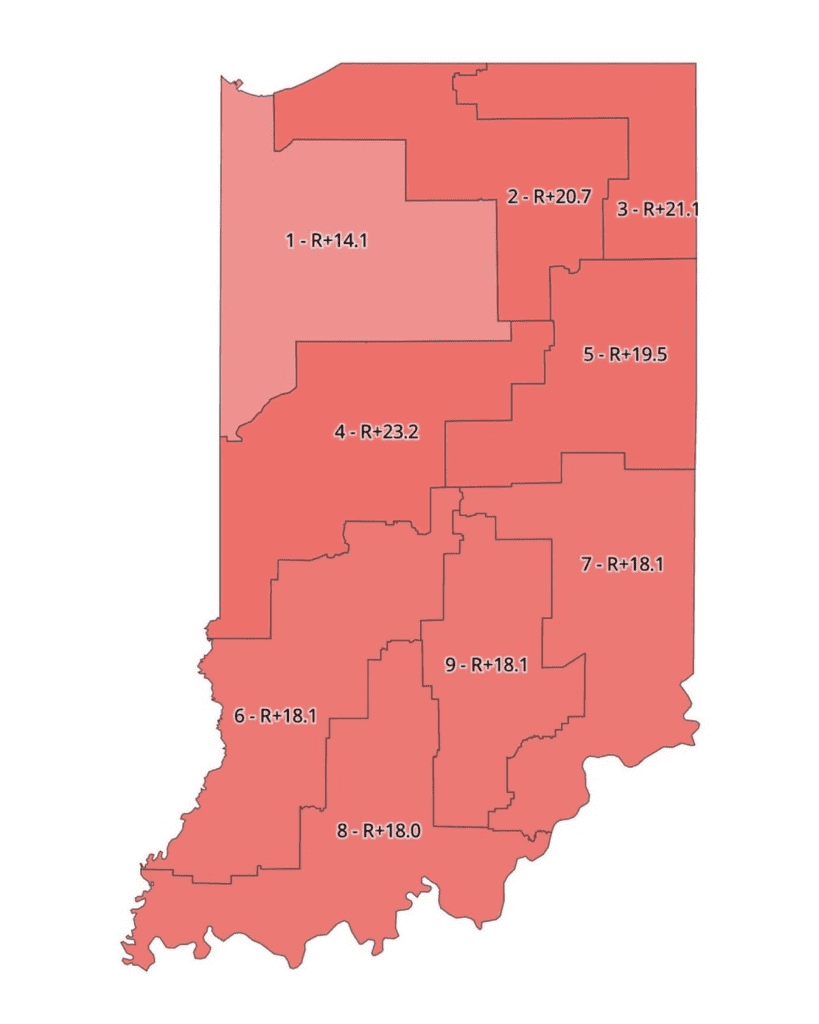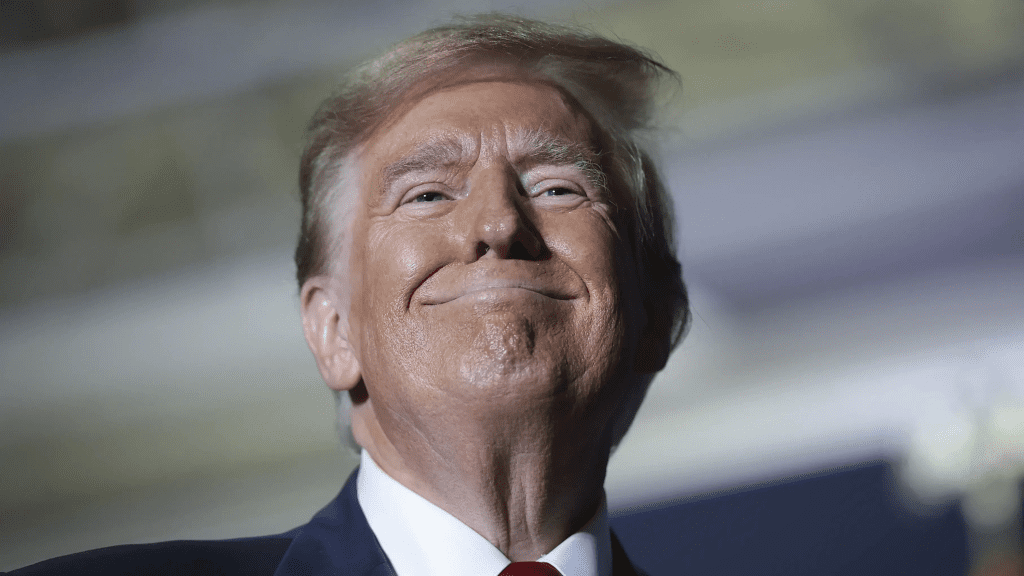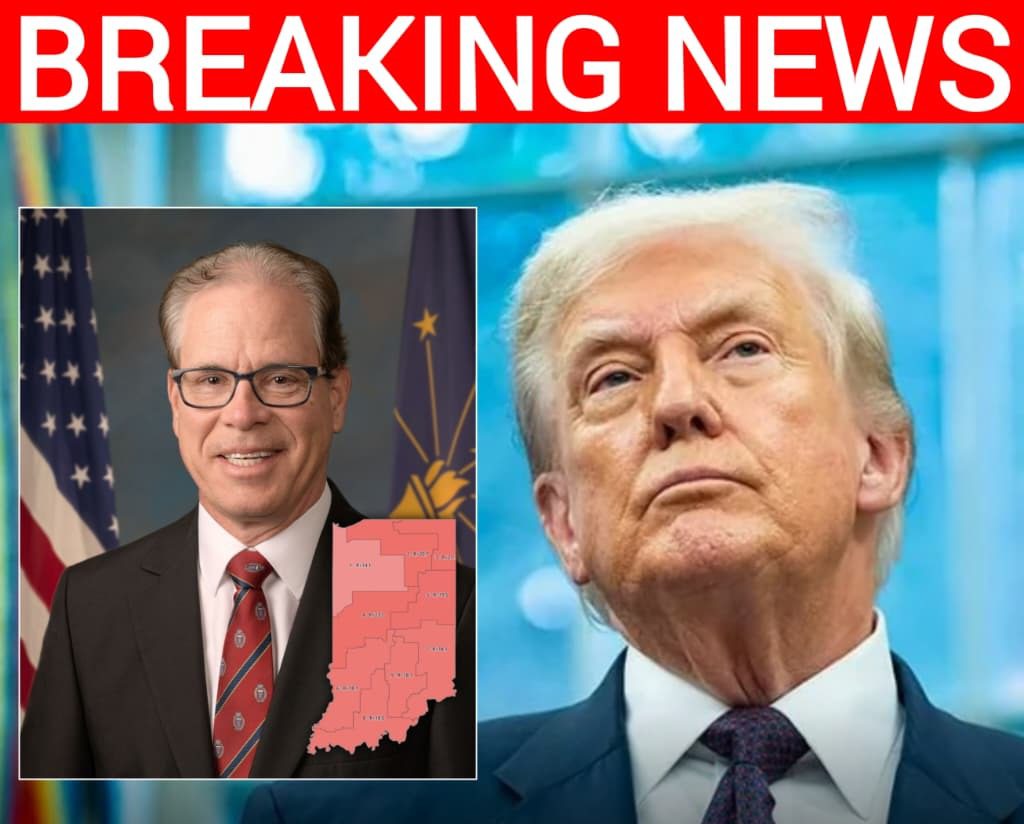Indiana Governor Mike Braun Calls Emergency Redistricting to Secure 9–0 Republican Sweep Ahead of 2026 Elections
Indiana has become the latest political battleground in America’s redistricting wars after Governor Mike Braun announced a special legislative session beginning November 3 to redraw the state’s congressional map for the 2026 midterm elections. The move, seen as one of the most aggressive Republican redistricting efforts in the country, aims to transform Indiana’s current 7–2 GOP majority in the U.S. House into a full 9–0 sweep — effectively erasing every remaining Democratic seat from the state’s delegation.

Governor Braun’s call for a special session marks a rare mid-decade redistricting effort, coming just four years after maps were redrawn following the 2020 Census. In his public remarks, Braun emphasized that the goal is to “restore fairness and proportional representation,” though his critics argue it’s a strategic maneuver to cement long-term Republican control of Indiana’s congressional delegation. Backed by strong support from the Trump-aligned conservative base, the governor’s decision reflects a broader GOP push to lock in electoral dominance following President Trump’s successful return to the White House in 2024.
Sources close to the Indiana Statehouse say the new proposal is heavily influenced by national GOP strategists aligned with the Trump-Vance administration. The proposed map, leaked earlier this week, reportedly gives Republicans a decisive advantage in all nine congressional districts, with partisan leans ranging from +14 to +18 GOP. Two long-time Democratic districts — Indianapolis’s 7th and the northwest region’s 1st — appear to be the primary targets of the overhaul, both redrawn to include large suburban and rural sections known for solid Republican voting patterns.

While the redistricting session is being praised by conservatives as a bold corrective to decades of what they call “urban dominance,” Democrats have condemned it as one of the most partisan power plays in modern Indiana history. Democratic leaders in the state legislature say they are reviewing legal options to challenge the maps once released, citing previous Indiana court rulings that have limited mid-cycle redistricting. However, the state’s Republican supermajority, which controls both chambers, is expected to fast-track the plan for approval by early December — well before filing deadlines for 2026 candidates.

Political analysts describe the decision as part of a coordinated national movement among Republican-led states to fortify congressional majorities and secure control of the U.S. House through 2030. Florida, Texas, and Ohio have all signaled similar strategies under Trump-aligned governors. The Indiana effort, however, stands out due to its explicit framing as a “zero-Democrat” objective — a phrase repeatedly echoed by local Republican leaders and online conservative influencers following Braun’s announcement.
Governor Braun, who has closely aligned himself with Trump’s populist message since his election, is positioning the move as a necessary defense against “federal overreach” and what he calls “radical progressive interference” in state politics. His office released a statement saying Indiana’s congressional map should “reflect the will of the Hoosier people, not the designs of Washington elites or activist judges.” The statement was quickly amplified across conservative media channels and endorsed by several pro-Trump PACs, which praised Braun’s leadership as “restoring political balance in the heartland.”

For Democrats, the challenge ahead is steep. Even before this redistricting effort, Indiana’s political landscape leaned heavily Republican, with rural counties consistently delivering double-digit margins for GOP candidates. Losing their remaining two congressional districts would effectively erase Democratic influence at the federal level from the state — a symbolic and strategic setback for the party heading into 2026.
As debates intensify in Indianapolis, the move is being hailed by Trump supporters nationwide as part of a broader resurgence of conservative political momentum. With redistricting now intertwined with national strategy, the Indiana case could set a precedent for how far states are willing to go to secure partisan advantages in a polarized America.



